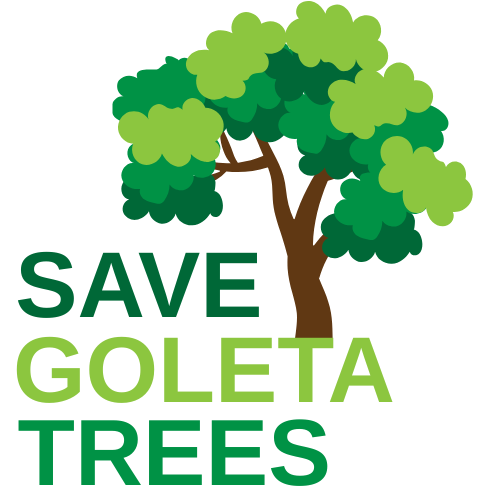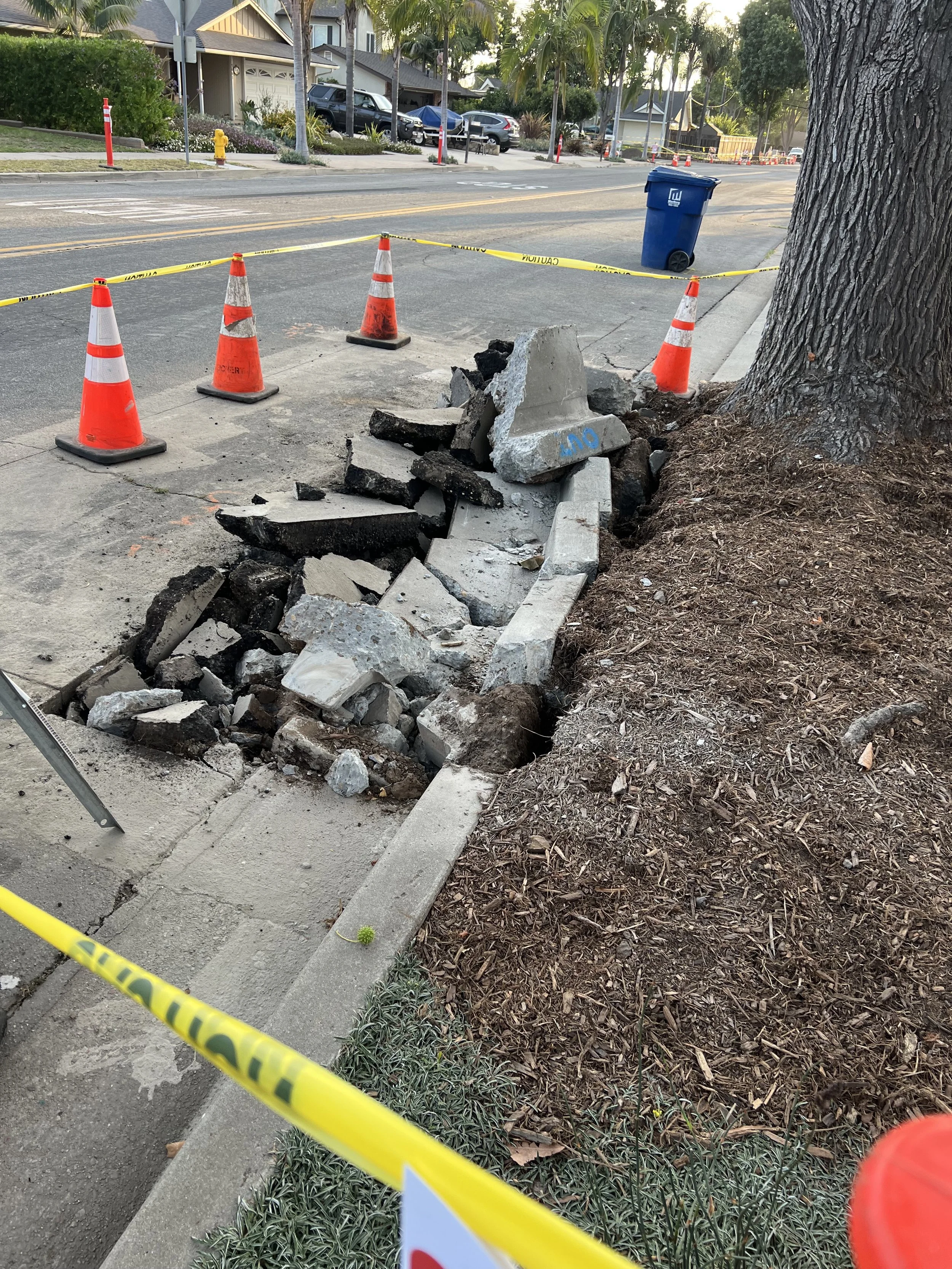What’s Happening With Our Trees?
Starting August 5, a contractor working for the city’s Public Works Department began cutting down several large sweetgum (Liquidambar) trees. Over the next few days, 17 of these huge legacy trees will be cut and removed unless we speak out and demand changes.
Trees currently targeted for removal include:
14 trees on the 5500, 5600, and 5700 blocks of Berkeley Rd
2 trees on the 5800 block of Stow Canyon Rd
1 tree on Princeton Ave at Berkeley Rd
The tree removal is part of the city’s pavement rehabilitation project. While these street repairs are needed and very much appreciated, simple modifications to the proposed work could allow many of the trees to remain standing. Some tree roots are being overzealously sawed off and dug up. When too many roots are removed, the tree can become unstable and is then deemed a hazard.
Legacy Trees: A Rare Resource
The loss of so many trees will significantly change the look and feel of our neighborhood. They add charm and character to our streets, provide shade to our homes and yards, and enhance our property values. Their branches serve as important habitat for hawks, owls, and a variety of other birds.
In the fall, their leaves turn dazzling shades of red, orange, and yellow. Some trunks are so large that a person can’t wrap their arms entirely around them. These trees reach heights of fifty feet or more, and have stood for more than half a century—longer than most of us have lived here. Large, mature trees like these are becoming increasingly rare throughout the city. Everything should be done to protect them and the benefits they provide.
Public Input Restricted
Normally, concerned residents can appeal the planned removal of a tree to the Public Tree Advisory Commission (PTAC) for additional review. However, here, the Public Works Department has simply deemed these trees as hazards, making them exempt from the commission’s review—even though the city’s own actions are placing these trees at risk in the first place. This is repeated throughout the city and shuts the PTAC and the public out of the process.
Public Works staff are also delaying the public release of important documents. We have asked to review copies of the city’s arborist reports for each tree targeted for removal, and have asked them other questions to better understand which trees are being removed, and why. To date, these reports have not been made public, and many questions remain unanswered.
No Plans to Replant
To be fair, some of the trees slated for removal are showing symptoms of trunk decay and should be removed. But many healthy trees will be taken down too. We want to avoid this, and are asking Public Works to take additional steps to limit and reduce the number of trees to be cut.
Surprisingly, the city has no active plans to plant new trees at locations where trees are removed. The city has a list of approved trees that are suitable for planting in parkways next to roads and sidewalks, but places the burden on individual homeowners to select, plant, and maintain parkway trees. We need a more coordinated, comprehensive approach to ensure that new trees survive and thrive long into the future. We are asking Public Works to create and implement a replanting plan for this project, and any future removal of legacy trees throughout the city. Our neighborhoods need more trees, not less.
Without a replanting plan in place, we’ll continue to see a net loss of trees in our neighborhood. As this process repeats itself here and throughout the city, one wonders whether we are being true to our ideals as a Tree City USA if we are not doing everything we can to protect our legacy trees and replace them with new trees.


